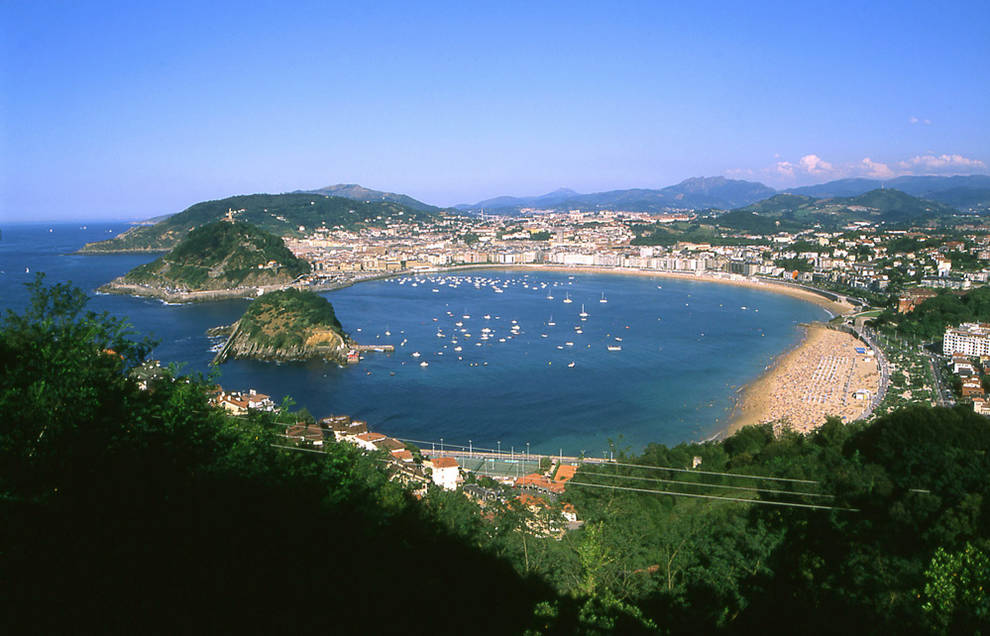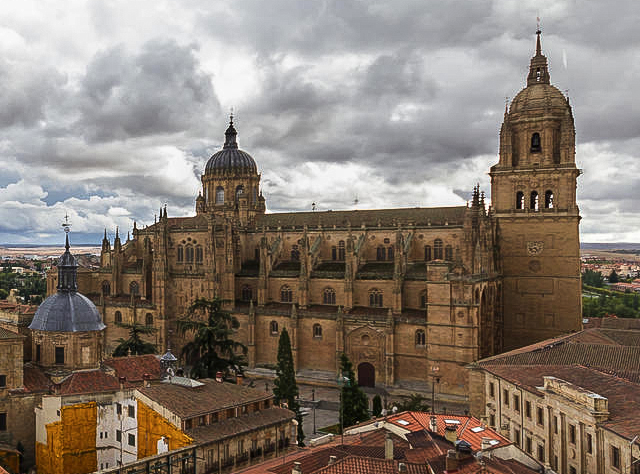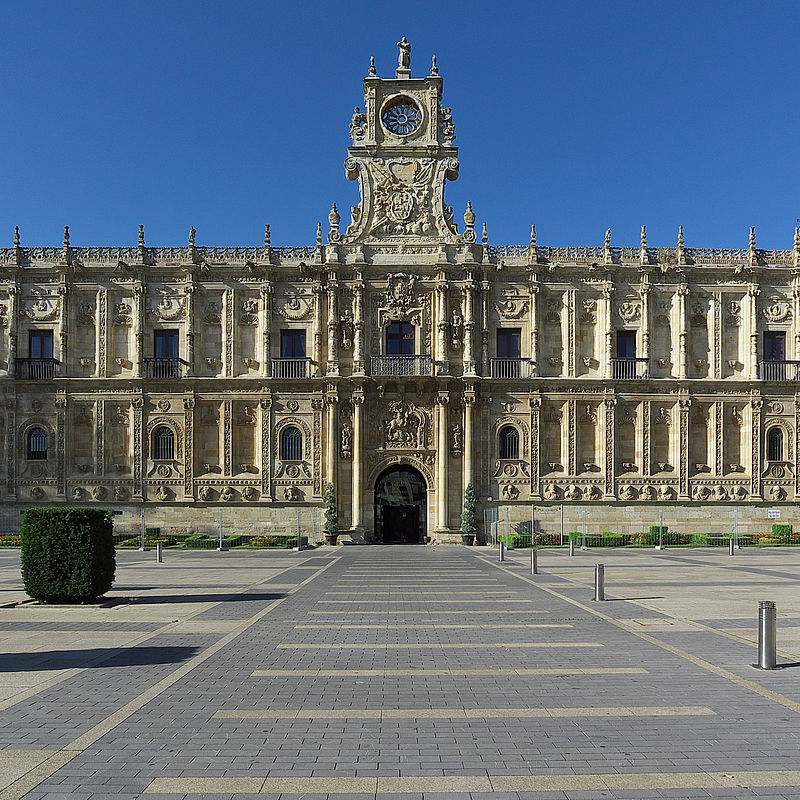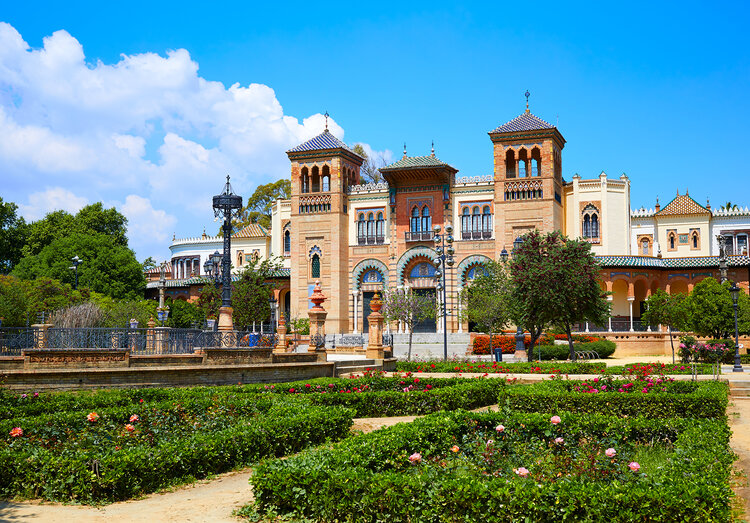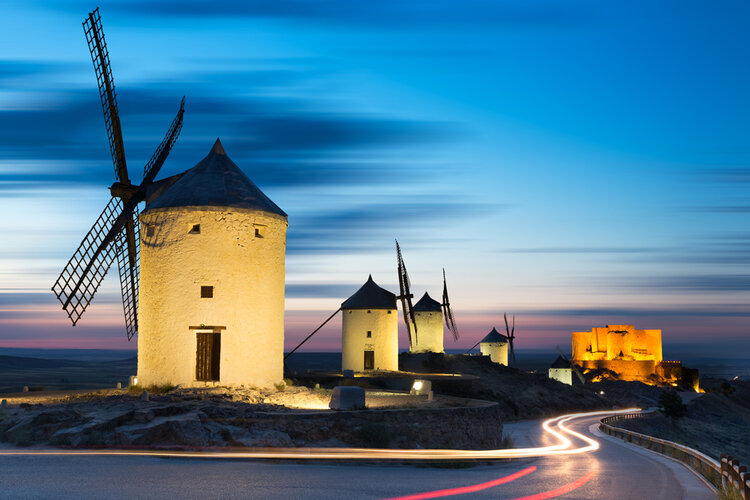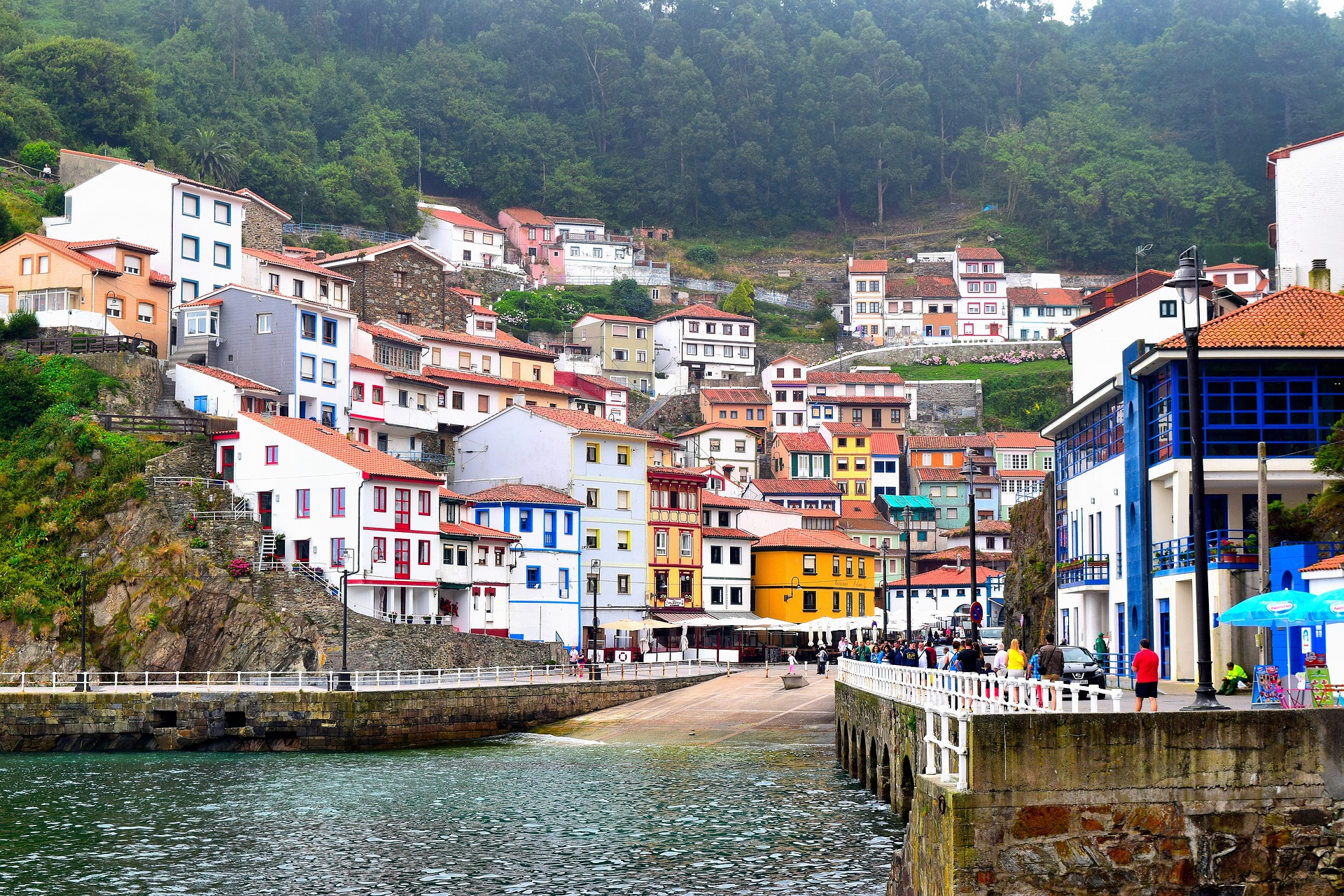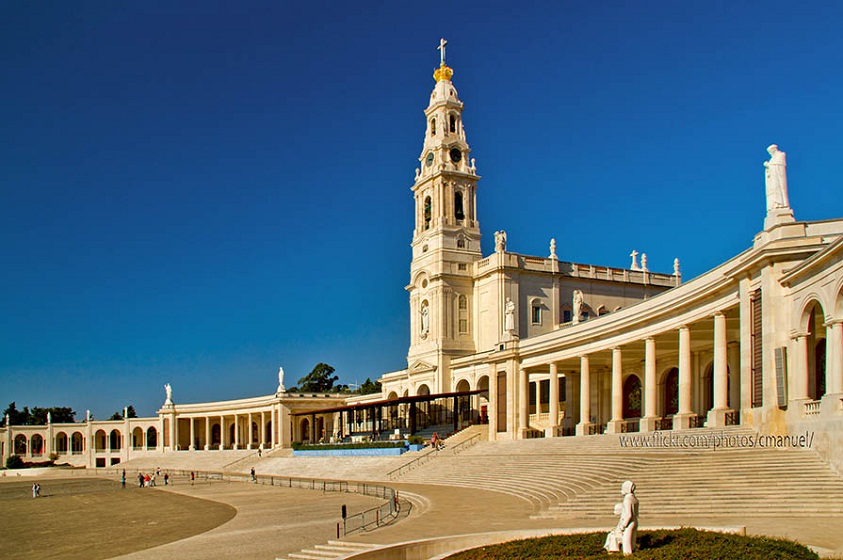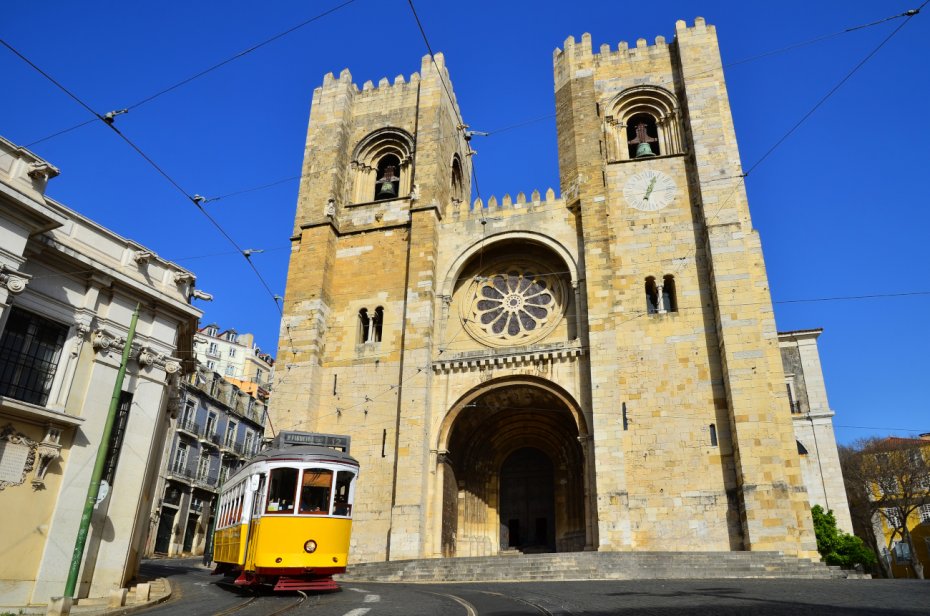La Concha in San Sebastian
This beautiful and photographed bay is an emblem of the city of San Sebastián. Bathed by the waters of the Cantabrian Sea, it is guarded by the Urgull and Igueldo mountains that watch over Santa Clara Island from both sides. It is also home to one of the most beautiful urban beaches in Spain, La Concha.
La Concha Bay is a small bay located on the Spanish coast of the Cantabrian Sea, in front of the city of San Sebastián. As its name indicates, it is shaped like a shell, and houses two beaches (Ondarreta and La Concha beach) and an island, the island of Santa Clara.The bay’s beach line has an approximate length of 2000 meters, of which 1400 correspond to La Concha beach and the remaining 600 to Ondarreta beach. The approximate distance from La Concha beach to the island of Santa Clara is just over 1000 meters. Due to its peculiar configuration, the waters of the bay are usually calm, although tide changes are frequent and greatly affect the width of the beaches, which can disappear for a few hours.
The promenade that borders the bay of La Concha is made up of several sections with different names. Starting at the eastern end, on the slopes of Mount Urgull, the walk is called Paseo Nuevo. After him the walk runs through the small fishing port of the city, and later and at the height of the City Hall building begins the Paseo de la Concha, probably the most famous in Spain. Along this walk and until the end of the bay is the famous La Concha railing, designed by Juan Rafael Alday and installed in the 1910s. On the Paseo de la Concha you will find the most outstanding architectural and ornamental elements from the promenade that borders the bay: some characteristic lampposts located at the beginning of the ramp down to La Concha beach, two large clocks, the buildings of the La Perla spa and the Real Casa de Baños. Moving west, you reach the Paseo de Miraconcha, which ends at the Royal Palace of Miramar. The walk between Miramar and El Peine del Viento is called Paseo de Ondarreta, next to which there are gardens. The promenade on the edge of the bay ends, as has been said, in the sculptural complex of El Peine del Viento, designed by the Donostiarra sculptor Eduardo Chillida whose museum reopened on April 17, 2019

